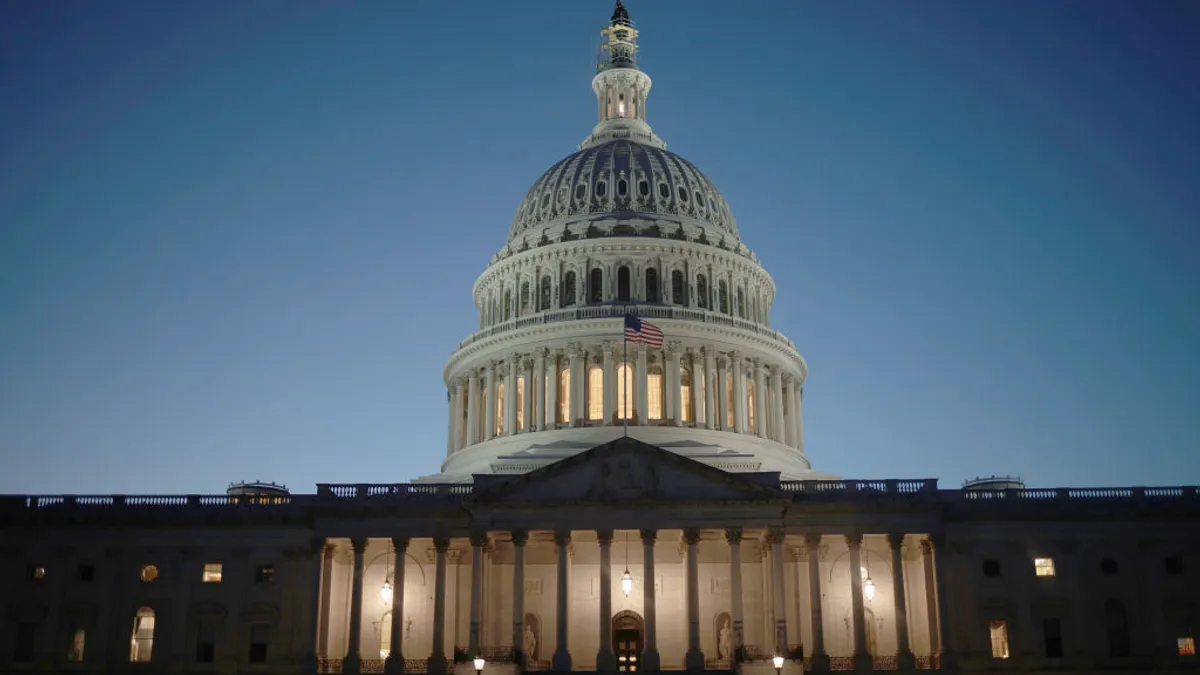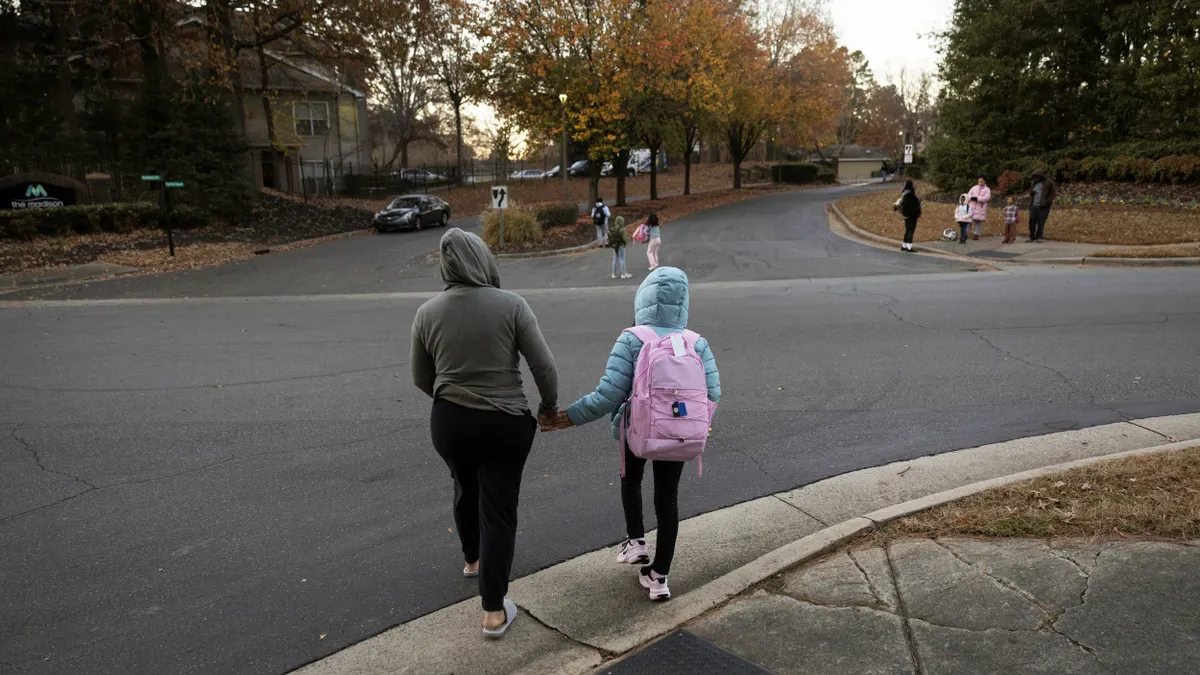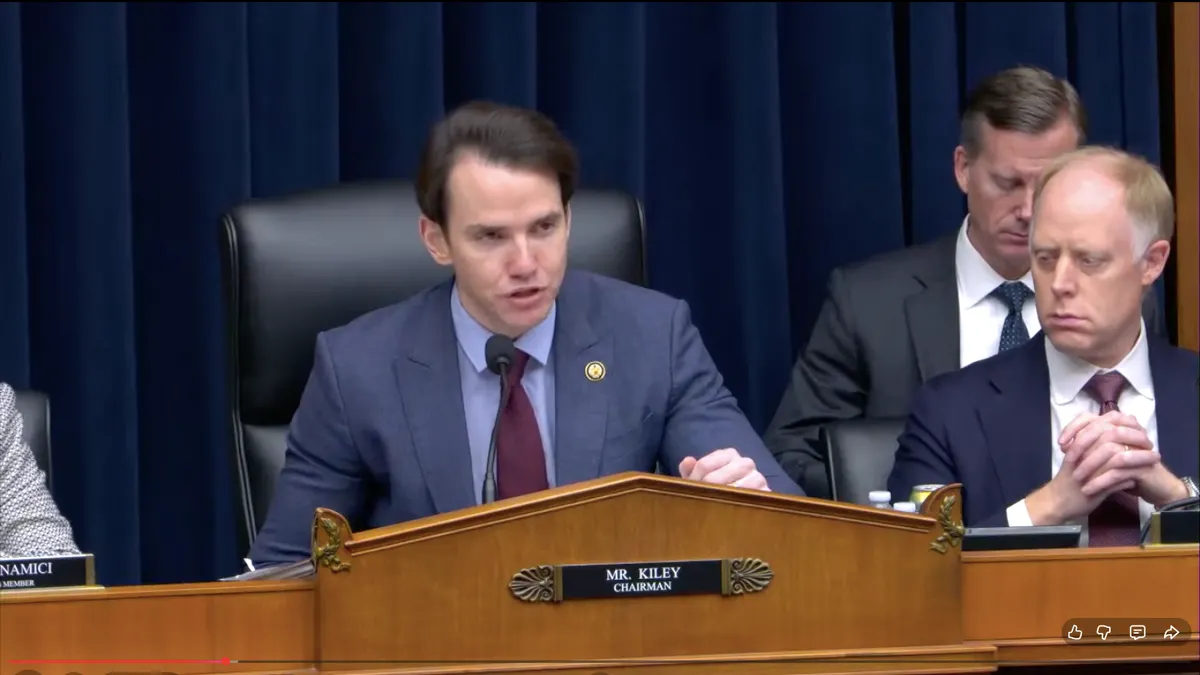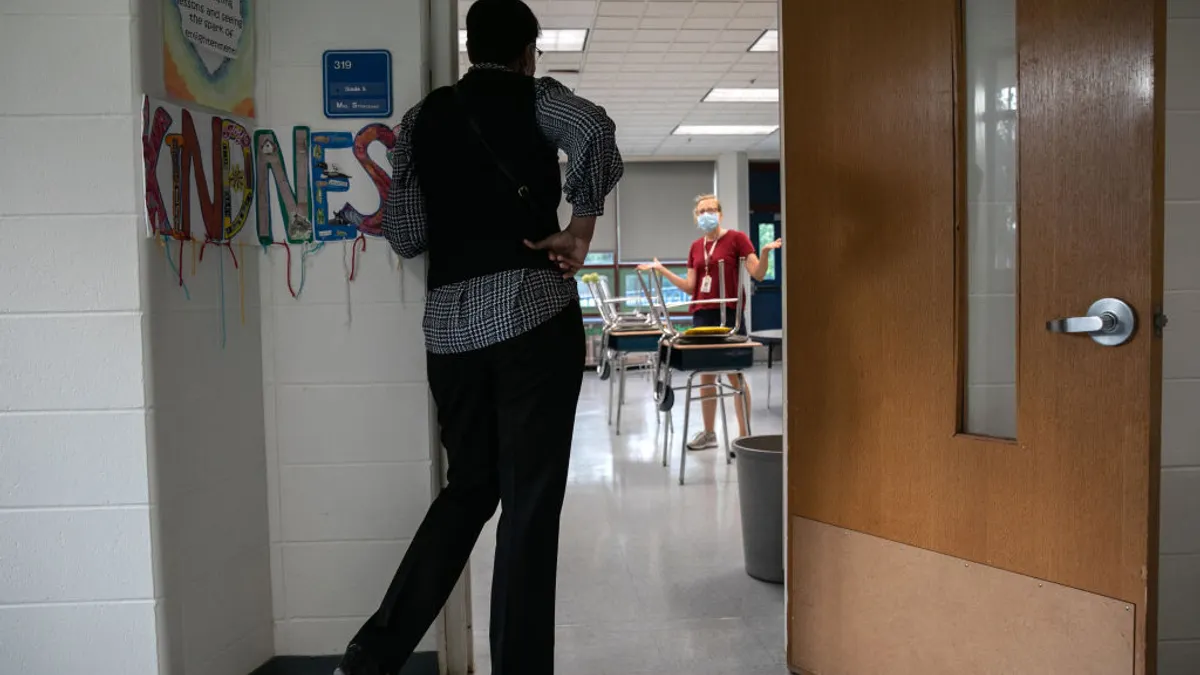Jacqueline Rodriguez is CEO of the National Center for Learning Disabilities, a nonprofit that supports people with learning disabilities and attention-deficit hyperactivity disorder. Ayan Kishore is CEO of Benetech, a nonprofit driving accessibility through technological innovation.
As Congress debates the future of federal special education funding, the country feels the whiplash of funding being withheld. Lawmakers face a pivotal choice: Protect funding for national programs serving students with disabilities — or risk undoing decades of progress by shifting the responsibility to individual states.
The outcome could have sweeping consequences for educational equity and the long-term success of millions of students.

This debate comes as the nation marked the 35th anniversary of the Americans with Disabilities Act this summer, the landmark civil rights law that guaranteed equal access for people with disabilities. Since then, federal investments under the Individuals with Disabilities Education Act have helped bring that promise to life in schools.
A key piece of that funding — IDEA Part D — supports national programs, including teacher training, technical assistance and accessible instructional materials, making inclusive education possible nationwide.
Yet, proposals in President Donald Trump's fiscal year 2026 budget request and in Project 2025 have suggested a different path: turning these national programs into state-run block grants or cutting them entirely. On the surface, that might sound like a way to trim federal spending. In practice, it would have the opposite effect — driving up costs, creating inefficiencies and widening disparities, especially for students in rural or under-resourced schools.
The National Center for Learning Disabilities has long advocated for full funding of IDEA Part B, which supports special education services in schools, alongside robust investment in national programs under Part D. These efforts are crucial. They provide teachers with the necessary training and tools, ensure students receive accessible materials in real-time and deliver scalable solutions that local budgets could never cover.
Take accessible technology, for example. Bookshare, the world’s most extensive digital library for people who read differently, offers customizable ways to read, from audio to Braille to large print. Run by Benetech and funded through IDEA Part D, Bookshare has been shown to boost academic achievement. In one randomized trial, students with dyslexia who used Bookshare improved their reading comprehension by a full grade level.
Supports like these are widely recognized as helping students succeed in school and pursue college and career opportunities that lead to brighter futures for families and communities.
Bookshare is just one program with a proven track record. Other Part D-funded initiatives, such as the Described and Captioned Media Program, which makes accessible educational media available nationwide, and the Center on Inclusive Technology & Education Systems, which helps integrate accessible technology into teaching and learning, also provide essential services at scale.

Along with national technical assistance centers and inclusive technology projects, these efforts give states and districts tailored resources, expert guidance and professional networks that strengthen local capacity.
If those supports were left to states alone, the system would splinter. The national collaboration and shared expertise that flow through Part D programs would be lost. Educators in every corner of the country — from large urban districts to small rural schools — benefit from this knowledge network. Without it, students could face delays or lose access to critical supports.
In short, we’d be dismantling a federal delivery model that works.
It’s worth remembering that IDEA has strong bipartisan support. Just last month, the Senate Appropriations Committee voted 26–3 to advance a bill maintaining funding for all parts of IDEA, including these national activities. While the dollars come from Washington, implementation happens locally —through grants that reach schools and communities nationwide.
As Congress sets budget priorities for the coming year, it should focus on programs with a clear return on investment. Weakening IDEA by defunding or decentralizing it would not only limit access for students with disabilities — it would also raise costs, add inefficiencies, stretch state systems even thinner and undercut the very principles of opportunity and inclusion at the heart of the ADA and IDEA.
If states were left to shoulder these responsibilities independently, costs would rise. Each state would have to conduct separate procurements, resulting in layers of bureaucracy and increased overhead costs. Organizations providing services would find themselves chasing funding state by state, stretching their resources thin and raising program costs for everyone.
Inevitably, many states would find the federal allocation insufficient, forcing them to either divert dollars from other priorities or make impossible choices about which disabilities to support, leaving some children behind.
Federal investments under IDEA Part D are innovative, cost-effective and have a significant impact. They save taxpayer dollars by reducing duplication, expanding access to proven supports and giving students what they need to succeed. Congress should protect these programs — not just because they are effective, but because every student deserves the opportunity to thrive.
At a time when division often dominates our politics, these programs stand out as a model of good governance. They use public funds wisely, changing lives for millions of students and empowering educators and families alike. That’s the kind of investment worth fighting for.



















